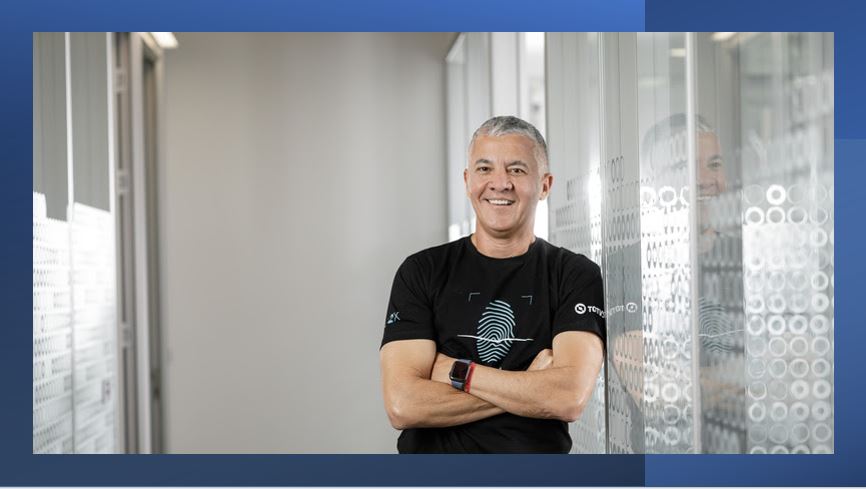 *Valdemir Marques
*Valdemir Marques
Digital transformation has been a recurring subject in recent times, mainly in view of the acceleration of this process caused by the pandemic. Countless companies, from different market segments, had to quickly take their operations off the ground and implement solutions and technologies that would give continuity to their business. This same process was also experienced by Health, the sector that felt the harsh impacts of the pandemic and needed to re-signify relationships and processes, actually connecting to its “digital soul”. In the segment that has seen up close that numbers are not just numbers - but people, lives and stories -, technology has enabled even more humanized relationships in facing this difficult crisis.
Technological evolution in the health area is so real and effective that it will continue with even greater force: an IDC study indicates that, by 2022, US$1,931 billion will be invested in the sector — the equivalent of almost R$10 billion — only in Latin America. In this context, the partnership of hospitals, clinical networks and healthcare operators with technology providers is a powerful combination of forces to develop tools to increase productivity, increase medical performance and provide a better patient experience throughout their journey.
In this process of connection between the parties, different areas of the companies involved come together, think, debate and reflect on which paths they will take, what are their limitations and implications to achieve a certain objective. There is no ready-made formula, because at these times it is essential to look inside, evaluate and re-evaluate processes and apply the appropriate methods. It is necessary to understand the functioning and pain of all those involved – health institutions, professionals and, of course, patients – in order to find solutions that support the business and heal the “pain” that has been spreading.
The changes and evolutions that permeate the health area obviously collide with human aspects and relationships. In this sense, and especially when dealing with sensitive and confidential information, a series of ethical, moral and legal limits need to be respected not only when analyzing human aspects, but also in the relationship between technology and patient treatment. Therefore, the sector has regulatory bodies and agencies that stipulate determinations in order to maintain order and organization in a patient's journey.
In delicate situations, such as those involving medical consultations, treatments, hospitalizations, complaints about negative experiences or experiences, medical negligence or complications can be taken to those responsible, who pass on the information and supervise the returns of health operators, hospitals and medical clinics. The technology, here, enters as a means to speed up answers and, mainly, solutions.
The fact is that the connection between multidisciplinary groups, with the exchange of experiences and ideas and technological applications are capable of generating real changes in the existing relationships in the health segment - doctor, patient, hospital, clinic, health operator, and so on. . All this movement, if supported by development methodologies such as Business Agility, applied in a human and not mechanical way, finds paths that actually lead to the transformation of the sector from the inside out, building the true digital soul. After so many challenges faced by health in the last two years, valuing life needs to assume its proper position of protagonism, remaining at the center of any transformation. And the technology is here for that.
*Valdemir Marques, Executive Director of Large Enterprise at TOTVS
Notice: The opinion presented in this article is the responsibility of its author and not of ABES - Brazilian Association of Software Companies













